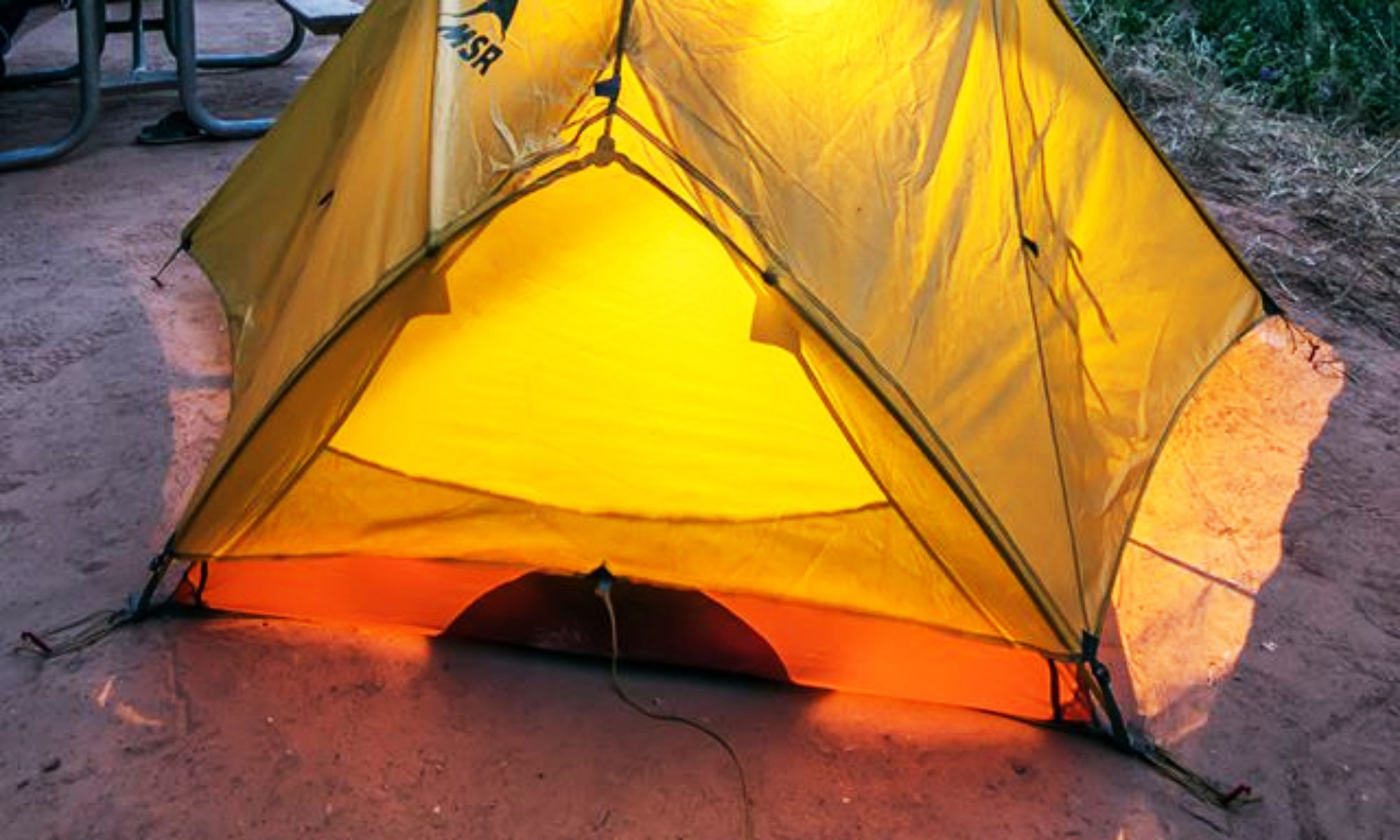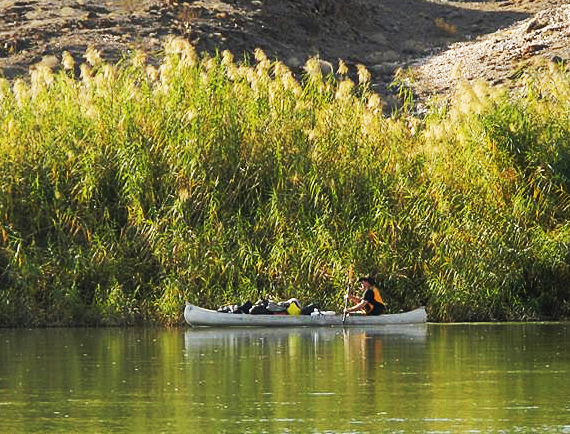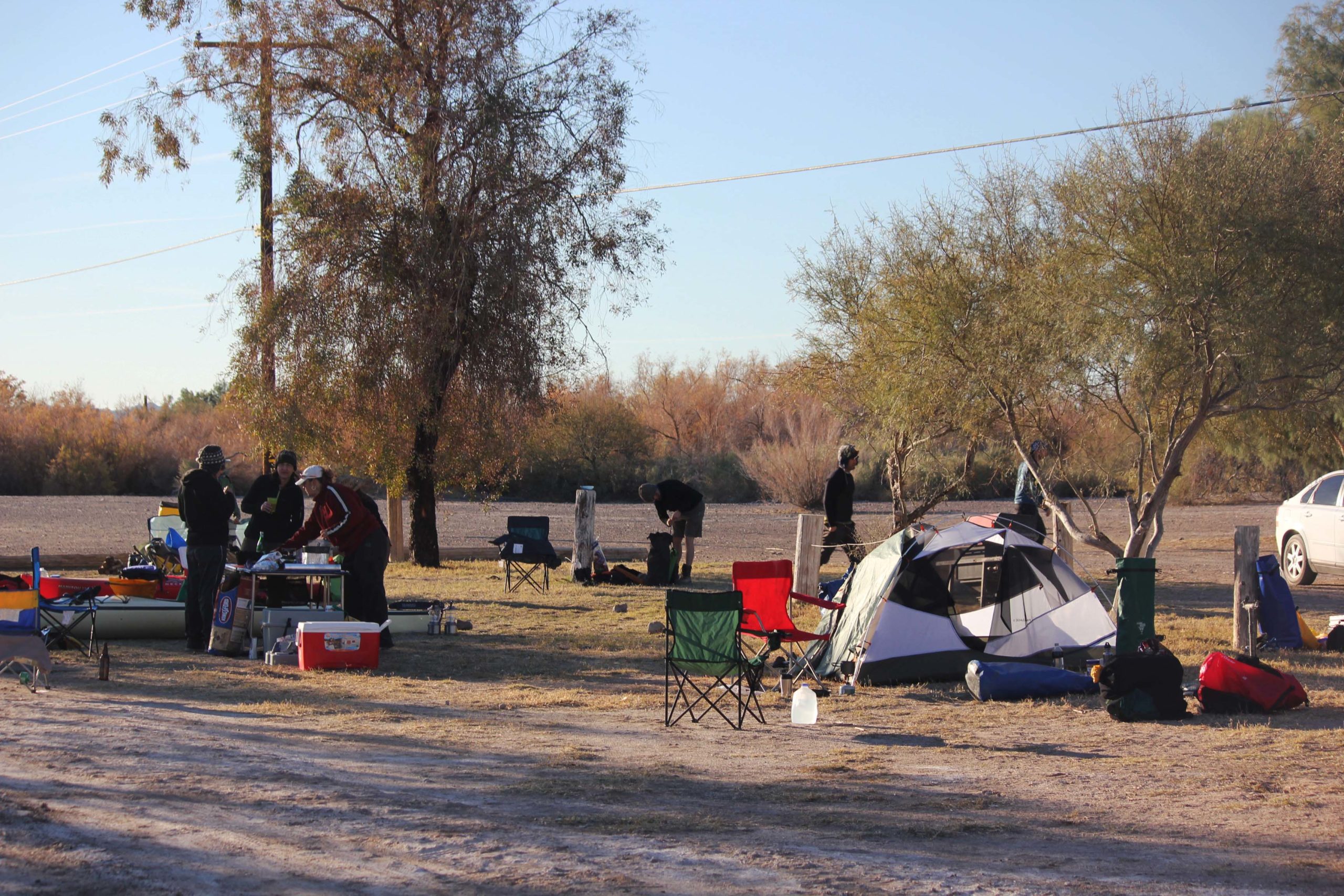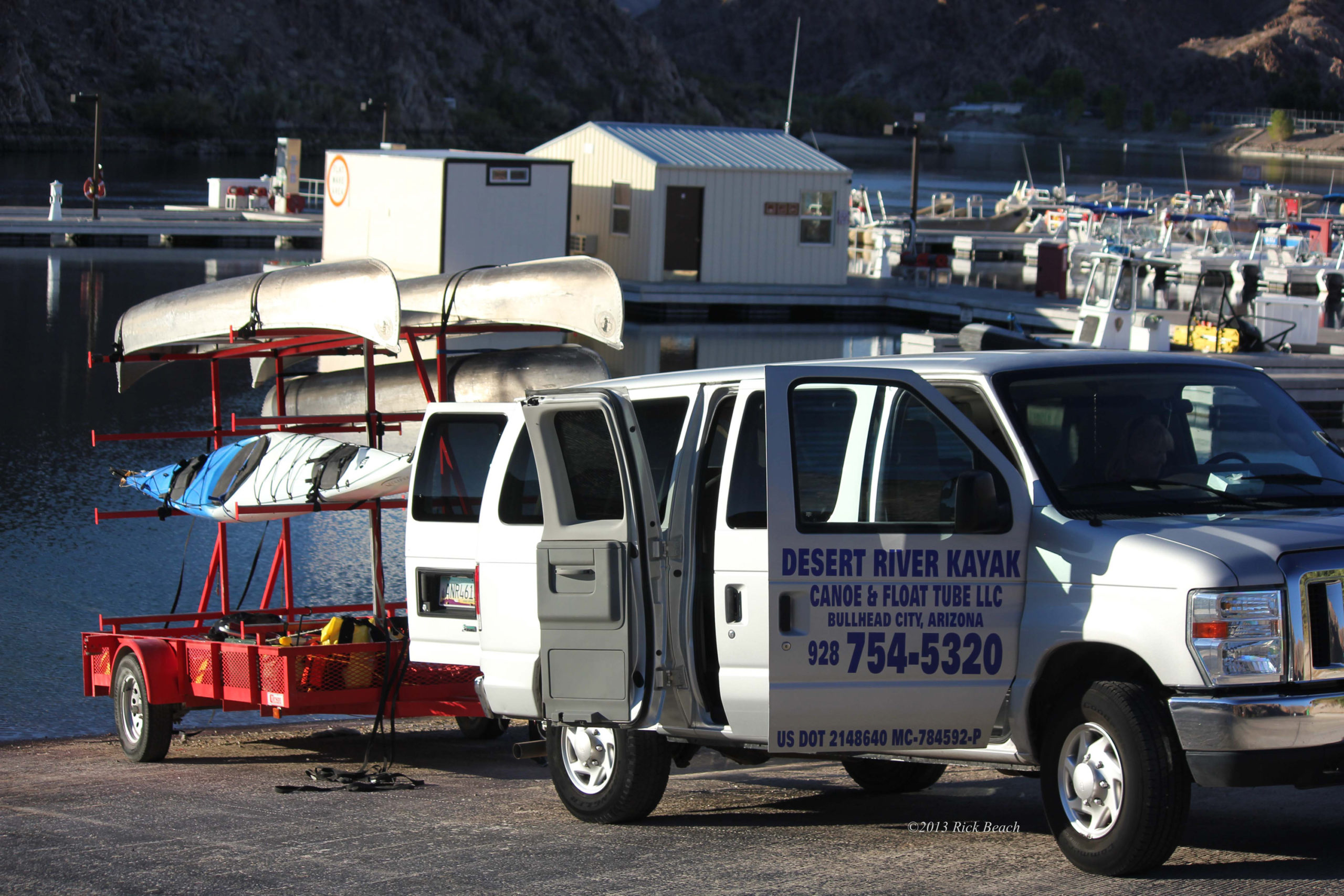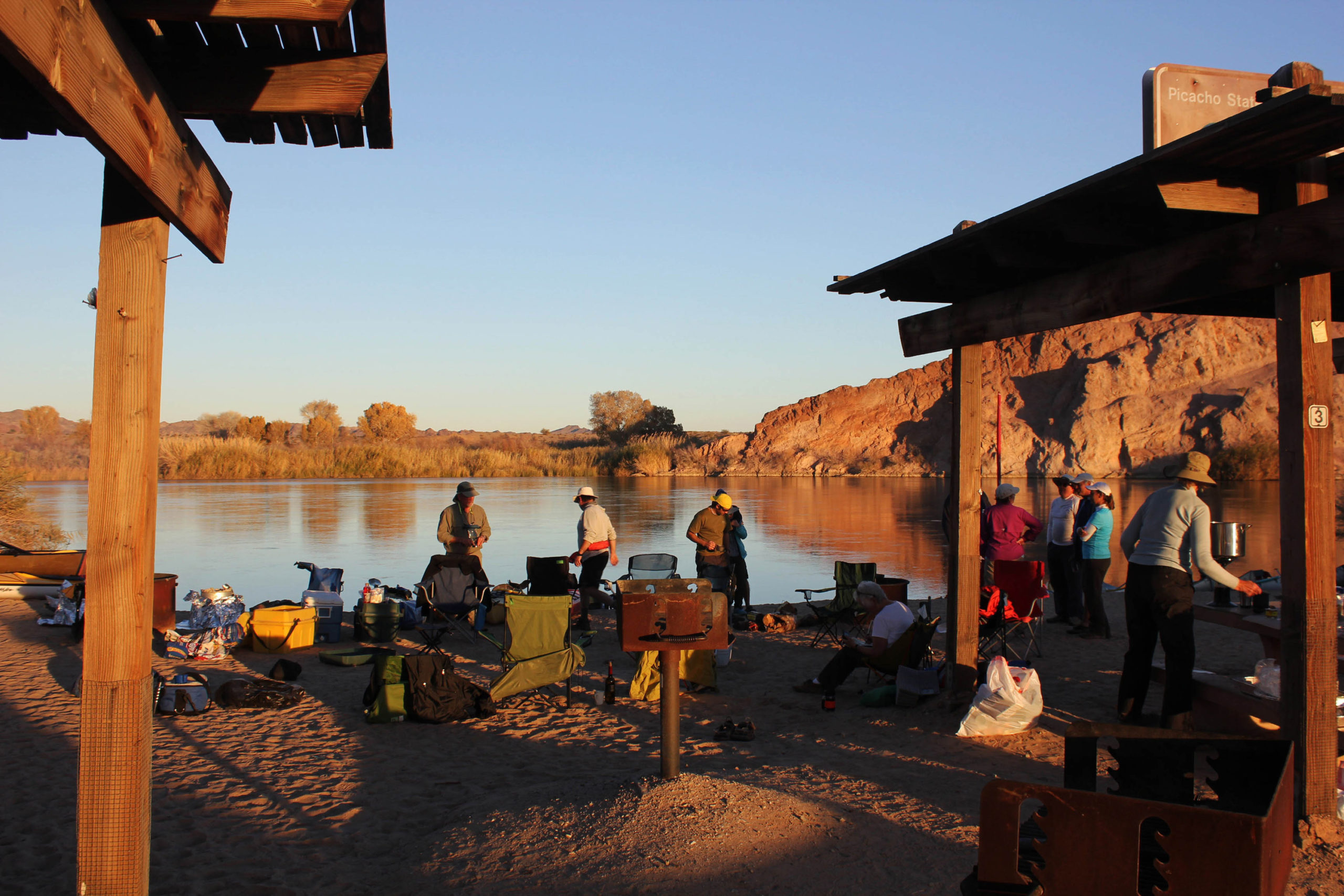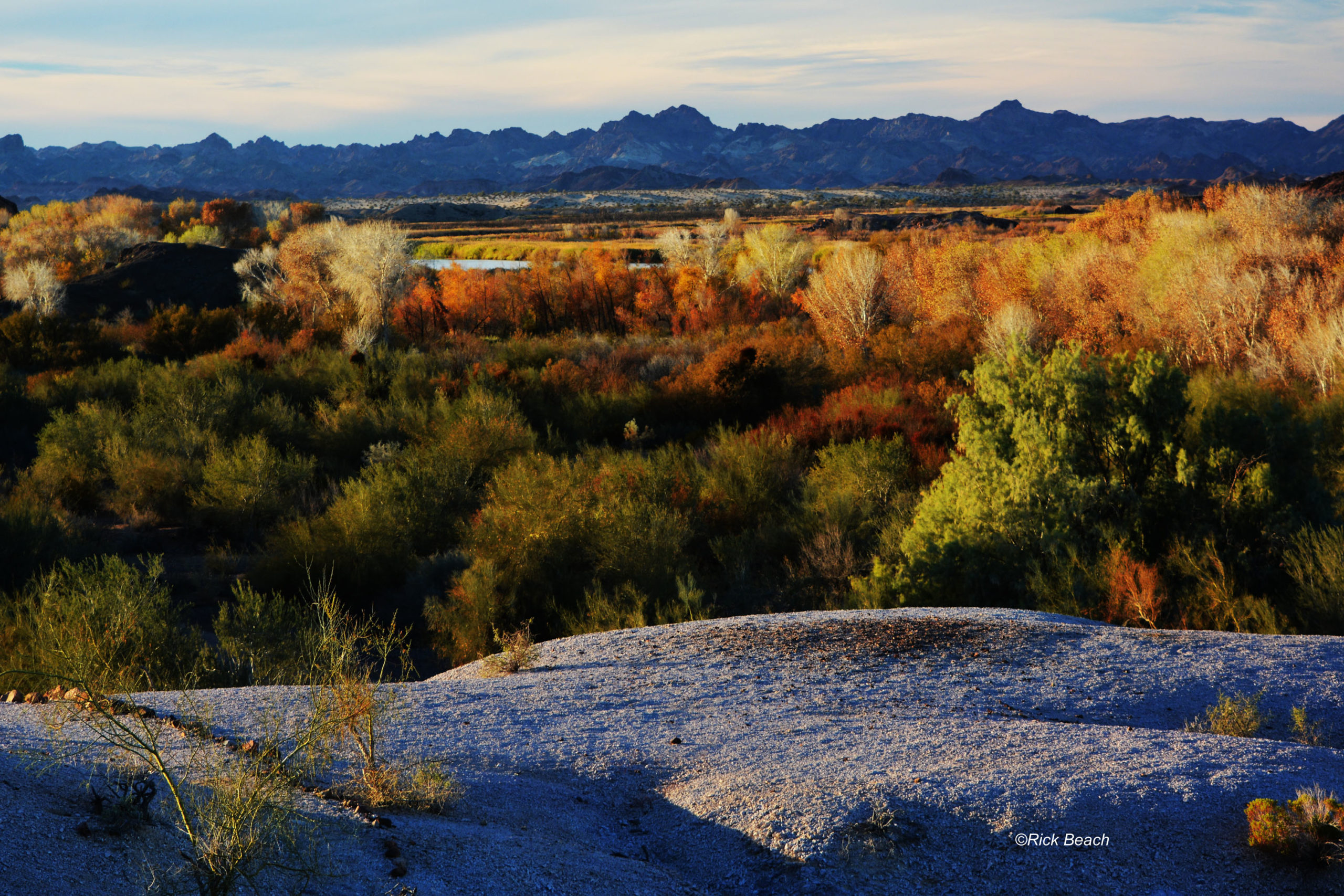The colder months of the year are often times to reflect on past trips. Armchair traveling I like to call it. Also a time to dream of new ones for the upcoming year.
This following Yakpacking trip outline, can be either or.
Yakpacking (Kayak Camping) is very similar to Backpacking. Nearly all if not totally the same gear, not counting the boat. Trading off a dusty trial, for a watery route. Working the arms, verses pounding your feet.
Through the years I would have trouble telling which I have enjoyed more?
Some prefer canoes over kayaks. I have done river trips both ways. Canoes are great for hauling more gear, heavier gear, coolers, and lots of firewood! But if there is wind they aren’t much fun. A touring kayak with foot controlled rudder on the other hand, is easy to paddle with much less effort.
With a Kayak you might have to sacrifice some of the payload you might wish to have along.
Of course if you are paddling a canoe you might get talked into hauling someone else’s burden they couldn’t leave behind! Then when the wind comes up you are going to feel like you are paddling an over loaded barge! Hold on a minute….. there is that half of cord of group firewood that is always nice. Its definitely a difficult choice. LOL!
I have yakpacked numerous sections of the Colorado River. Sometimes camping on the river bank. Other times on various lake shores created by dams between Hoover Dam and Yuma Arizona. Not on a continuous trip mind you. But often on trips long enough to span two or three nights. Or in the 60 mile range. This particular trip in this article is around 40 miles.
Some sections of the Colorado are basically totally roughing it with no facilities. Primitive camping.
Others trips are at least planned to hit an established campsite with at least a pit toilet. When a solar shower is encountered along the way it is considered a true luxury.
I have done a particularly interesting section of the Colorado numerous times. At different times of the year, along with a group, and without a group.
Some of my fonder memories are when floating along with a group that are all friends of an outfitter in Bullhead City Arizona. A three day trip that takes place annually in January.
A trip filled with awesome sunrises/sunsets, communal meals, campfires, friendships old and new, wildlife and birds, songs of coyotes, and exploring old mining camps.
Walters Camp (Launch Point)
This trip starts out at a riverside campground called Walters Camp. Walters Camp is somewhere south of Blythe California. Down a five mile or so extremely bumpy gravel road drive, off the main paved highway.

Walters Camp is actually a small rather quiet privately owned campground right on the bank of the Colorado. There are some RV sites as well as places to tent camp. Showers and toilets, and a small store where you can buy ice cream bars, and an adult beverage if you so desire.
Any trip I have launched from this area, has had a camp-out the night before.
Camped right above the river on the western bank. Sunset and the morning sunrise can be equally spectacular.
Though they have water spigots, I suggest you bring your own drinking water. And enough drinking water to get your through the first two days of the river trip. A high end water filter would be necessary to use the river water.
One year the night time temps dipped to 26°F and my coffee water was frozen when I woke up. So most of the people attempting this trip in January know to expect cold weather.
On another occasion I have taken off from this spot in late spring, and warmer weather. But warmer weather means more people. Campsites along the way are sparse and remote. In the warm months they can be busy.
Fishers Landing (Take out Point)
About 40 miles downstream, and three full days later, is our normal take out point at Fishers Landing. This is a full fledged river marina. A busy area with summer homes, RV park, Paid showers, and a Bar/Grill restaurant.
Logistics of Launching & Taking Out
Moving boats, gear, vehicles, & people
Using an outfitter is the way to go in my opinion. Drop your vehicle at the take out point. Then have your boats, gear, and people picked up by the outfitter, transported, and dropped off at Walters Camp. Then whether you are with a group, or on your own, your time table can be whatever you want it to be.
Otherwise you will need at least two vehicles with a means to transport your kayaks/canoes, gear, and people. Leaving a vehicle at both ends. Then factoring in the 2.5 hours getting back to Walters Camp to pick up your vehicle.
Road miles between Fishers Landing and Walters Camp is about 100 miles. You better plan on 2 and a half hours driving time. There is a time zone difference certain times of the year. Also a Border Patrol check point to contend with, regardless of which route you take. You can travel through Yuma to hit a bridge, or back up and cross the river to Blythe on the next nearest bridge. Travel time is fairly close either way.
If you are leaving your vehicle at Fishers Landing for a couple three days be sure to talk to someone in the store or bar and ask where you should park. There has never been a charge in the past but that could change at any time. At a minimum I would make sure they know your are leaving your vehicle and that it is OK with them. A courtesy thing if nothing else. You might even get their business telephone number in case you run into complications on your river trip.
What’s in between Walters Camp & Fishers Landing?
This section of about 40 miles of river, flows through a rather remote section of the lower Colorado River basin. Don’t expect your cell phone to work in most of this area.
In a pinch a seasoned kayaker may be able to do this entire 40 mile stretch of water in one day. We do it in three.
This is not a high walled canyon area you might be imagining. More of a wetlands area, Flat and wide. Mountains in the distance. An occasional high bank wall for a short distance, but those will be rare. Steamboats once traveled up and down river here. Lots of natural beauty.
If you stay in the main river there is no chance of getting lost. But some areas spread out into vast marshland. I only mention this because you could purposely venture off into those area’s. They are inviting.
The marsh area’s have some dredged channels. Those that are adventurous may be tempted to go off into those area’s to explore. At times there is a pretty good current flowing. Enough that trying to backtrack might become difficult. For that reason be sure if you attempt this, you have a detailed topo map and GPS, and know how to use them. Know this area can change from year to year.
The reeds are in excess of 8 feet higher than the water at times. It is easy to get lost back in there. The cleared channels through the reeds may abruptly dead-end while the current flows on through them. You can get into a weed whacking situation with dust, pollen, bugs, and spiders falling on you should you attempt to make it through. You often will not see any route through.
If you stick with the main river….which is never difficult to tell the difference. You will not need a map.
Often along long stretches of the actual river, the reeds are so thick you will not be able to get out of your kayak or canoe. They can go on for miles. The reeds grow out into the river in water that would be over your head deep. So watch for sandbars out in the river to pull up to for rest breaks, or to stretch your legs.
The visual rewards abound in the area. Waterfowl, Eagles, and Cranes. No people for the most part. Sunrises. Sunsets. The evening coyote songs. No whitewater, but a good flowing current that moves you along.
On this entire trip. When out of your canoe or kayak be sure to tie it off. Even while on a sandbar (stake it). Move it high up off the water at night and tie it off even if you think you are high enough. This is no place to have your boat drift away.
4S Beach Campground California
For this three day trip. The first camp after the first full day of paddling will be at 4S. A California “boat in” campsite. Down river, right. On the California river bank. Don’t expect anything fancy, or any people unless they are campers.
This is remote! This is “primitive” to say the least.. But there are a few amenities such as pit toilets, charcoal grills, picnic tables, fire rings, and sun shade structures.
There is no potable drinking water source. Carry your own water! Or be prepared to safely filter river water. Bring your own fire wood. Expect to pitch your tent in loose dry sand. Pack out all of your own trash! Be sure to bring your own toilet paper! Make sure you have a flashlight or headlamp.
If you have a clear night you will have one spectacular light show looking at the stars.
We have had some wonderful great group camps here. Trash can charcoal roasted turkeys with all the fixings. Guitar music and singing around a campfire. A few adult beverages and plenty of new friendships.
Leaving 4S the next morning, and paddling down river. You will pass by Norton’s Landing. Or what was once Norton’s back in the 1800s. There are several old mines in this area. Some visible foundations if you notice them. Now a ghost town and little to nothing left.
Norton’s once had a steamboat landing, a smelter, a general store, and a post office.
If you don’t know where to look you may drift on by without a thought there were ever people in these parts. If you find the opening in the river reeds on the Arizona side. You can enter a secluded small body of water. Beach your boats, and get out and explore. But leave the area just as you find it. Though you are welcome to remove any trash modern day people leave behind.
Picacho State Recreation Area Campground California
After day two of paddling, you should reach Picacho State Recreation Area. This is again on the California side. Down river right.
Make arrangements in advance to reserve a site. You want to be in the Group Canoe Campsites if at all possible. There are two group sites. You will have to carry gear to your site.
Coming down river this area is at the lower dock. There are two group sites fairly close to the dock. Transporting gear to the campsite will be at a minimum distance if you can camp here. A folding cart would be handy. Or gear in backpacks.
Your kayaks and canoes will be stacked off on the side near the dock area up at the top of the boat launch. Away from the dock and boat ramp. Its too far to feasibly carry your boats to the group campsites. Just make sure they are out of the way of the road, and off the boat ramp. This is an active boat launch at times.
The group sites have pit toilets, garbage cans, covered picnic tables, and a potable drinking water spigot. Tents will be pitched on a mixture of sand and gravel. Sleeping pads are nice for use here.
If you know where they are, this campground has solar showers. Its a bit of a walk. But by this time the luxury is well worth a short hike. They even have warm water in the winter!
You can spend lots of time hiking here. This was the site of old mining operations. There was once a town and an old cemetery. Even a landing for steamboats. All that remains is some evidence of old mining machinery that is sparely scattered around the landscape.
Now it is a campground and a couple of boat launches. Much more busy the warm months of the year. Though there have always been a few die hard campers even during the cold times of the year.
Fishers Landing (take out point) Arizona
At the end of the third day of paddling you will drift into into Fishers Landing and normal civilization again. Don’t get faked out by the first sign of houses and people and accidentally paddle into the opening to Martinez Lake. There is a high rock point on down river left, just beyond the Martinez Lake opening. Pass on by for a short distance more. Then take the next opening on down river left in to Fishers Landing.
You should see the boat launch as you make your way in the waterway.
The Bar/Grill that sits just up from the boat landing at the marina has killer burgers! Its a “must do” after being on the river for several days.
I often camp overnight at Fishers Landing before heading home the next day. Boondock/Dry Camping style camping near the bar/grill in a large sandy area, is $5 a night. Public Paid (coin machine) hot showers are directly up from the boat launch. A cement block building at the edge of a more rustic RV park.
There is a small convenience store connected to the bar/grill building. There is also RV full hook up camping, if you desire that type of camping.
![]()
